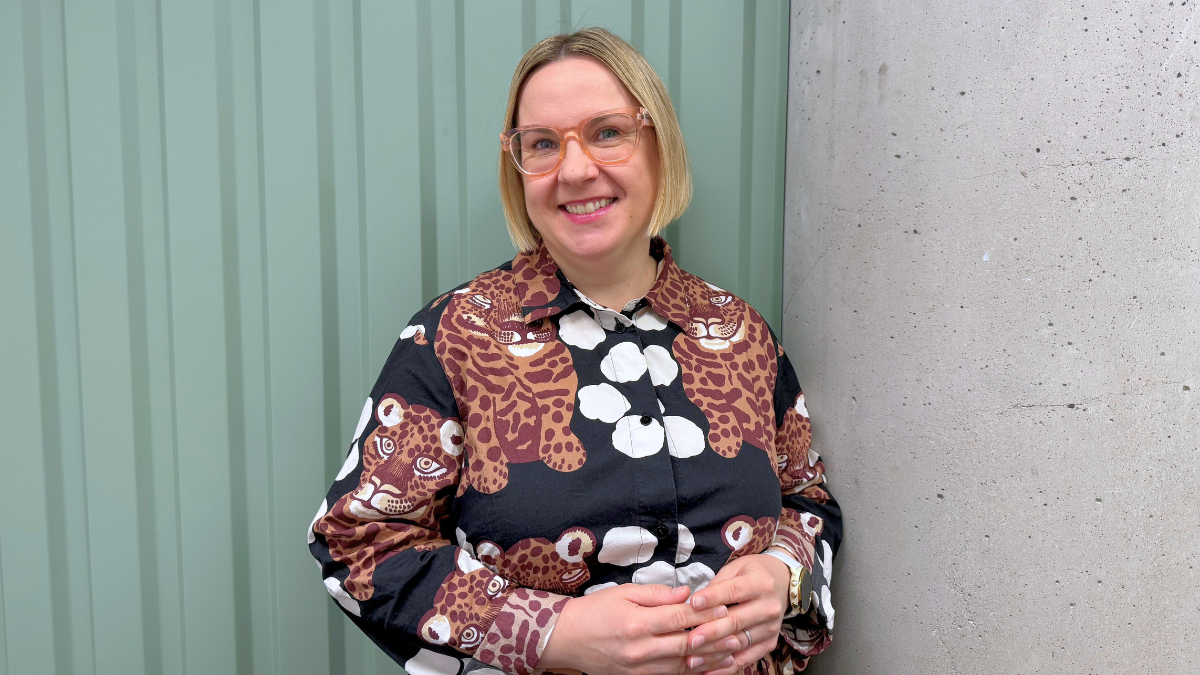Read next


The increasing importance of consecutive buyouts
The net asset value of global private equity has risen nearly tenfold since 2000, outpacing the growth in public equities market capitalization by nearly a factor of three over the same period. As the private equity sector has grown, the volume and number of buyout deals have increased rapidly. In 2020, the global buyout deal volume reached 1.0 trillion euros, with the number of buyout deals exceeding 9,000. Moreover, the number of consecutive buyouts – transactions in which a private equity firm sells a portfolio company to another private equity firm – has increased substantially over the past few decades. Today, in terms of transaction count, approximately 45% of buyout exits in Europe involve transactions between two private equity firms.
Prior literature on consecutive buyouts mainly focuses on secondary buyouts – transactions in which a private equity firm sells a portfolio company to another private equity firm for the first time – and lacks consensus. The aim of my master’s thesis was to shed light on the performance and value creation profiles of such deals and investigate whether similar effects apply to tertiary buyouts – transactions in which a company is acquired by a private equity firm for the third consecutive time.
The results of my study add to the relatively mixed evidence on secondary buyout value creation and provide insights on previously uninvestigated tertiary buyouts, creating a foundation for further research on post-primary consecutive buyouts.
Data and methodology
I collected a sample of European and North American companies that had undergone three consecutive buyouts during 1990–2019. I used panel-based multiple linear regression to determine if performance persistence exists throughout the three-way buyout cycle and to examine how the operational efficiency, sales performance, and value creation profiles of secondary and tertiary buyouts differ from those of primary buyouts.
Secondary and tertiary buyouts show weaker margin development compared to primary buyouts; GPs must find other ways to create value
I find no evidence that secondary or tertiary buyouts would be subject to inferior operational performance enhancements measured by change in target company EBITDA or net sales. However, the results show that secondary and tertiary buyouts exhibit EBITDA margin development weaker than that of primary buyouts. My findings further suggest a downward trend through the buyout cycle, as the margin development grows weaker when moving from a secondary buyout to a tertiary buyout.
These findings on operational efficiency have implications for GPs: as post-primary buyouts face weaker operational efficiency development than primary buyouts, GPs engaging in such deals need to find other ways to create value – like through sales growth, financial engineering, or governance engineering – to offset the risk of adverse efficiency gains.
Also, the results show that tertiary buyouts have higher sales growth than primary buyouts, which means that GPs focus even more on top-line growth in post-secondary deals, as opportunities for margin development diminish throughout the buyout cycle.
Post-primary buyouts can still offer similar value growth opportunities as primary buyouts – but buyout performance is linked to preceding buyout
The results further show that post-primary buyouts exhibit similar enterprise value growth as primary buyouts. This finding is particularly interesting from an investor viewpoint: subsequent buyouts can still offer sufficient returns and value growth opportunities even after one or two private equity ownerships. Additionally, the results suggest that secondary buyouts can capture more value through multiple expansion, possibly by using complementary skillsets or improving underlying company characteristics. This means that multiple expansion remains an important way to create value in subsequent buyouts.
Lastly, I find that buyout performance is related to the performance of the preceding buyout. A high-performing preceding buyout in terms of EBITDA margin growth indicates a low-performing subsequent buyout, and vice versa.
Different value-creation strategies are employed by GPs at various stages of the buyout cycle
As consecutive buyouts have weaker EBITDA margin growth, GPs need to find other ways to build value. It seems that tertiary buyouts obtain value through sales growth, while in secondary buyouts GPs rely on multiple expansion. This strategy, however, requires either improvements in non-financial company characteristics or GP negotiation and market timing skills. That is, GPs should only engage in secondary buyouts if their skillset complements the first financial owner and if they have a good understanding of the market. And, GPs should carefully assess whether there’s still potential for efficiency improvement or growth after previous transactions and choose their value-creation strategy accordingly.
Antto Piirainen Aalto-yliopiston kauppakorkeakoulusta on Pääomasijoittajat ry:n vuoden 2022 gradukilpailun voittaja. Tutustu kilpailuun täällä.
